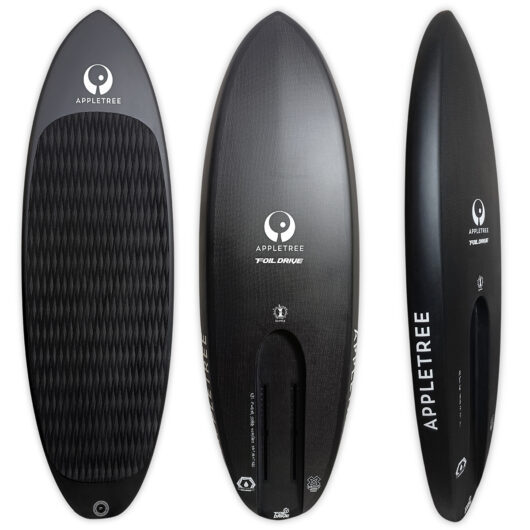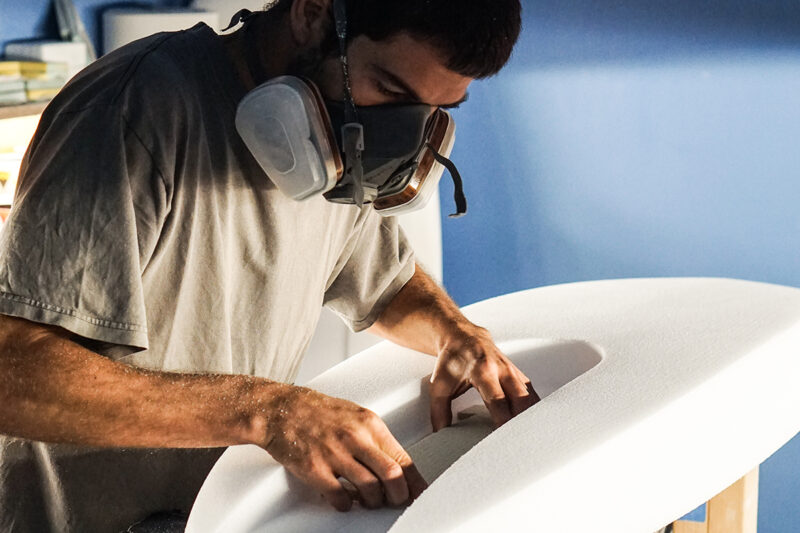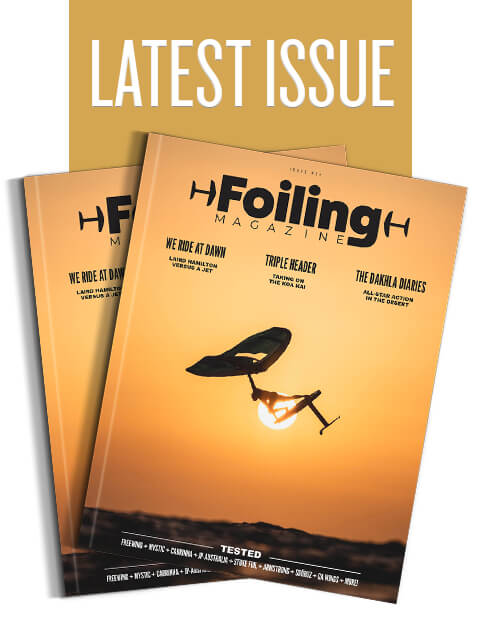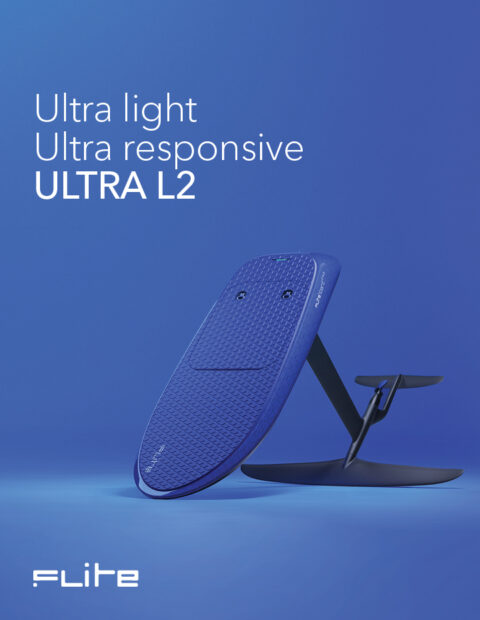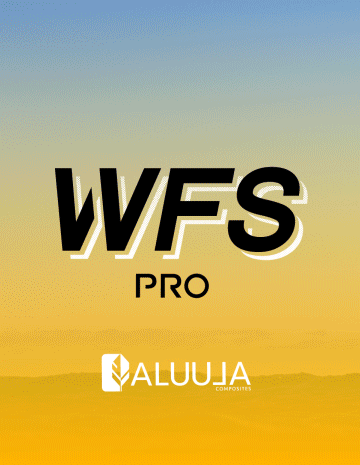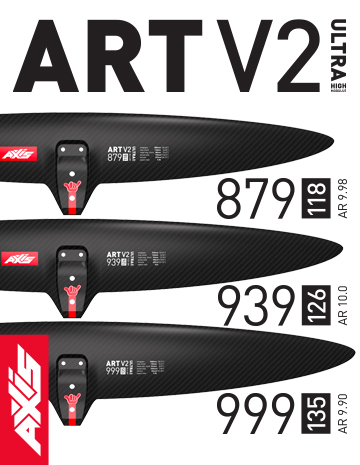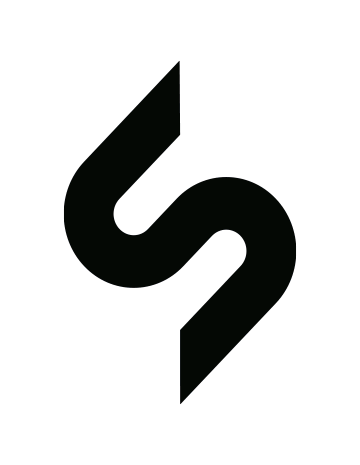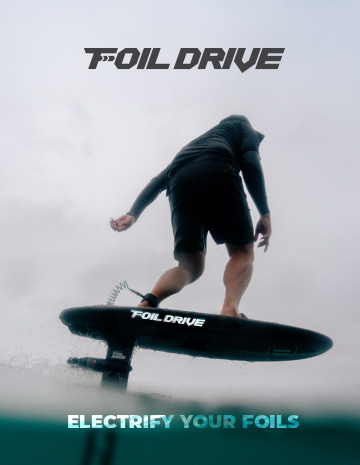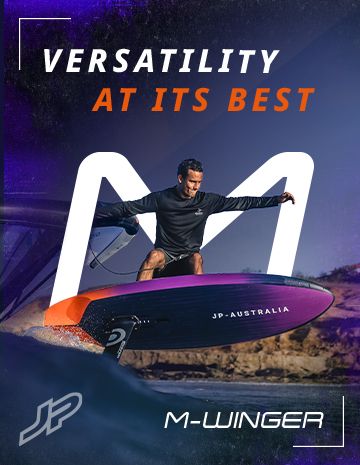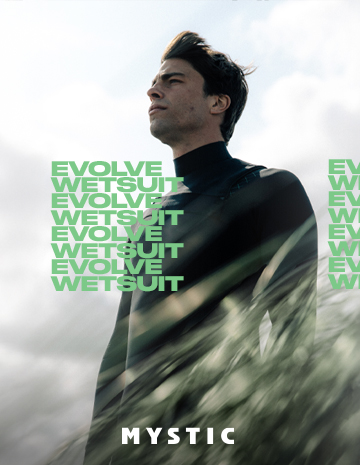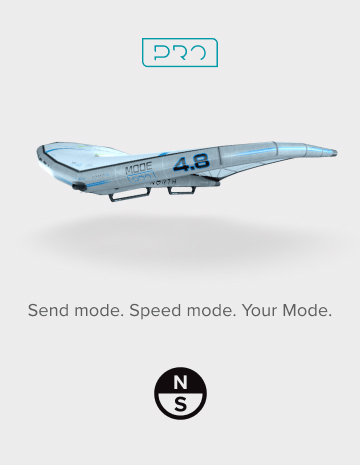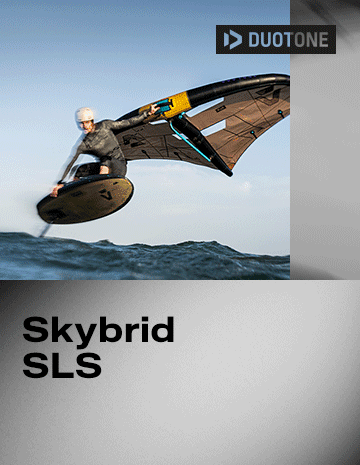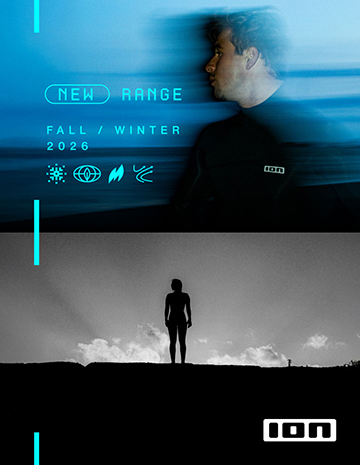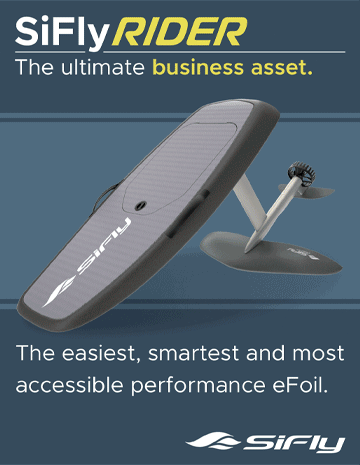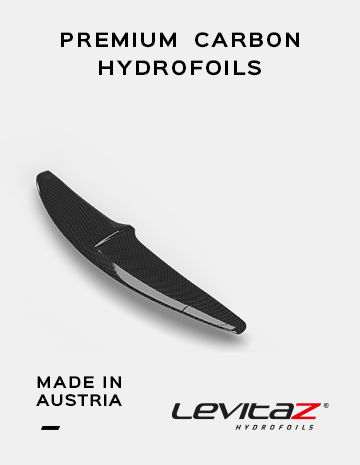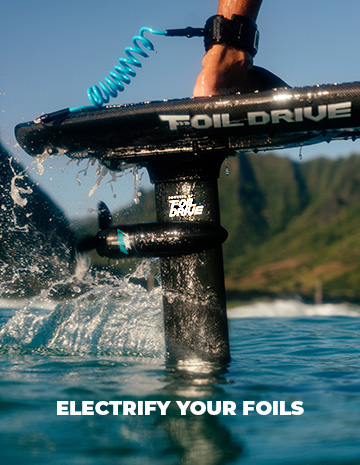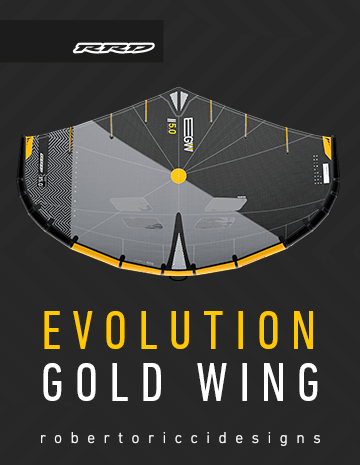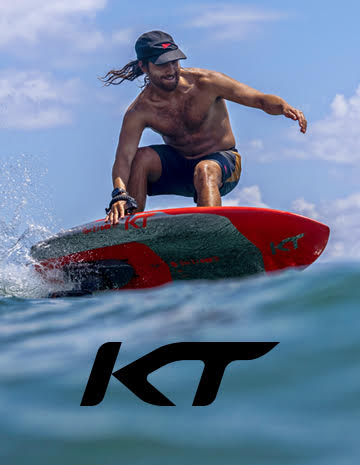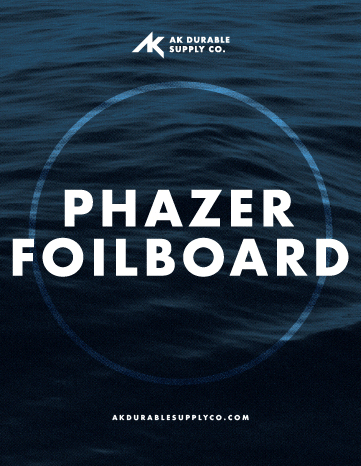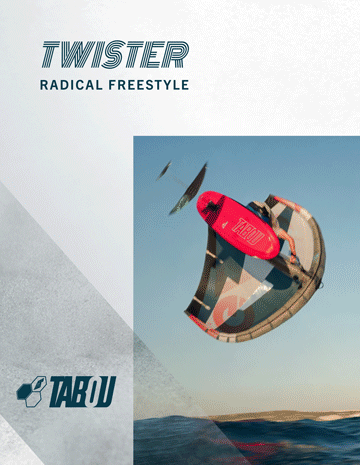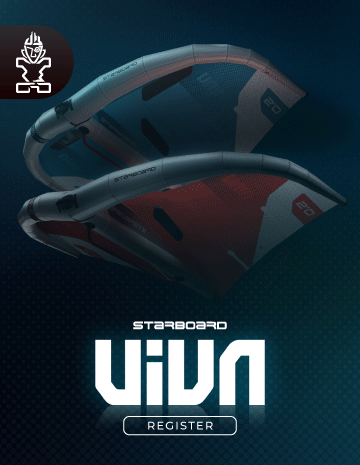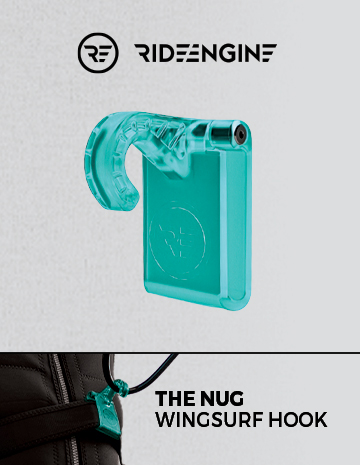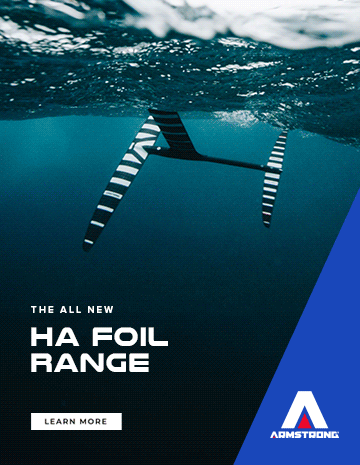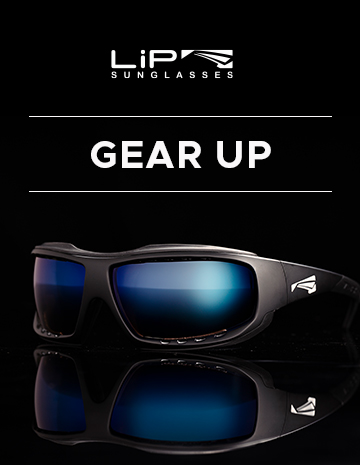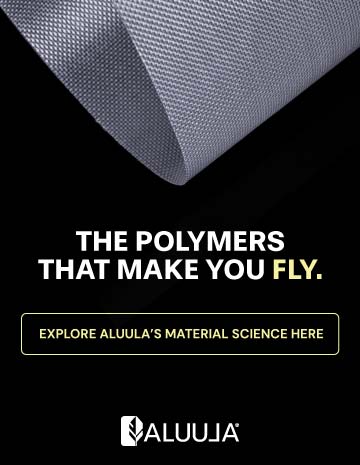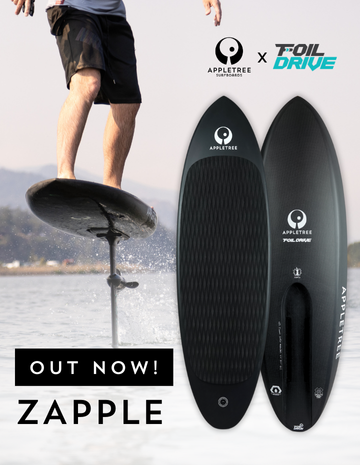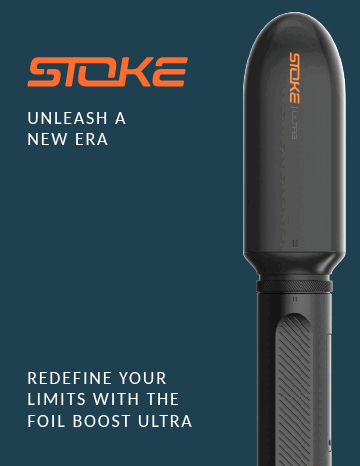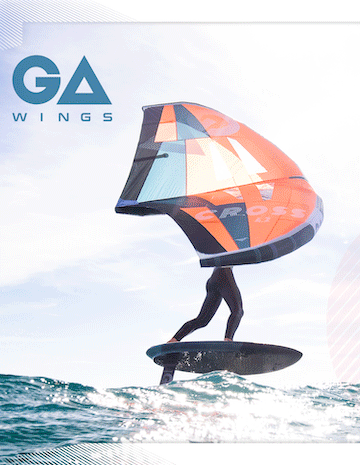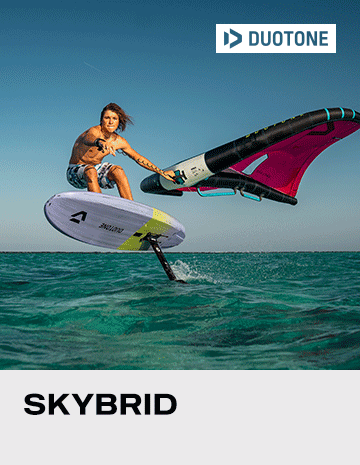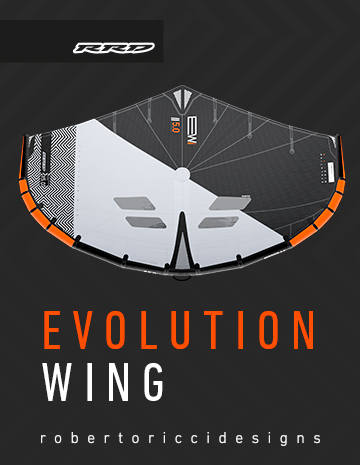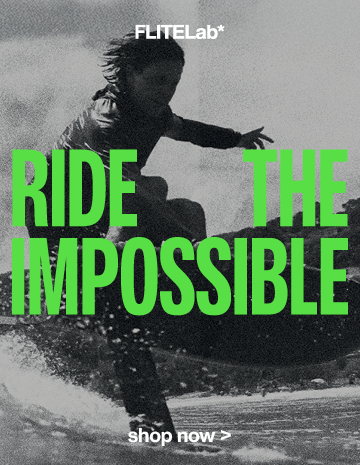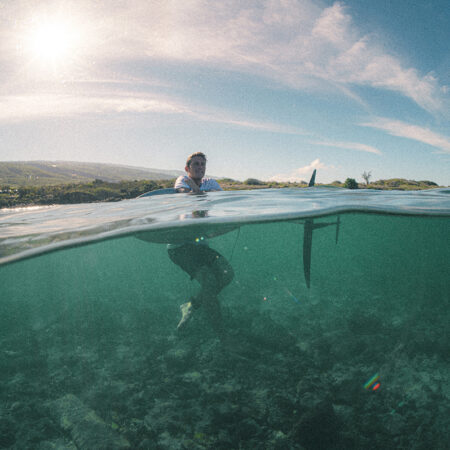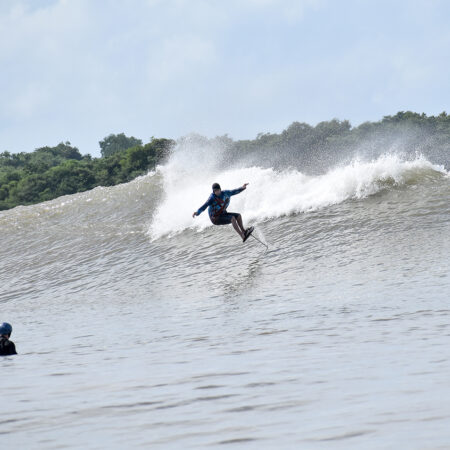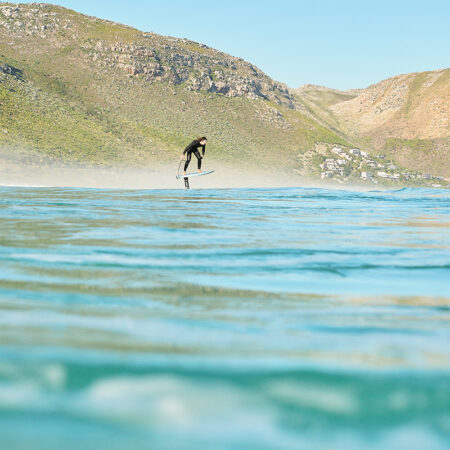Inbound: Appletree Zapple
Appearing as if from a lightning bolt in the cider orchard, Appletree just revealed a fully Foil Drive compatible board with an appropriately electric moniker, the Zapple. Wieger Buurma, Co-founder of Appletree Surfboards, plugged us into the latest news…
Firstly, we love the name… Please explain!
We try to keep all our names Apple themed, and I don’t exactly know who came up with the name, but it was a brainstorm by the whole team, and this one won. Also I had an idea about a logo based on the standard comical electrocution picture where the character is illuminated with the skeleton showing, but then with an apple and its core. So that’s what our very talented logo designer came up with! Quite catchy we think. The working title by the way was the trench, but it wasn’t appealy enough. Plus other companies might use the same term. So ZAPPLE it is!
So the Zapple is a fully Foil Drive Gen2 compliant board… tell us how so?
The board was designed 100% together with Foil Drive and the guys at Foil Drive have been involved from the beginning to make sure the board fits the Foil Drive perfectly. We did a big test with all our board models and the Foil Drive, and we found that our 2024 midlength prone boards worked the best, by a long shot. So those were the starting points to add the recess to. We figured it would be an upgrade to the standard Foil Drive setup, but we did not expect it to work this well. Apart from the obvious benefit of having less surface area reducing the drag, the big benefit is also that the added weight of the battery is closer to your feet, which makes it much less noticeable. Normally there is 5-10cm between your feet and the weight, which makes it harder to control in turns, as it wants to fly out in cornering.
Tell us a little bit more about how you engineered the trench in the board?
We are lucky to have our own vacuum infusion technology which we use on all our boards. We have talked about this many times before, but essentially it allows us to make much more complex shapes with ease because we inject the resin into the carbon once it’s in place. So making this recess was not a problem for us. We did experiment quite a bit with the right lay up, and box position, but this is now fully dialed. The Foil Drive fits really snugly in there, minimizing water turbulence as there are no big open voids. You do need to take the whole box off the board to replace the battery, but to make this as easy as possible, we now offer special barrel bolts that make this process almost as easy as with a normal board.
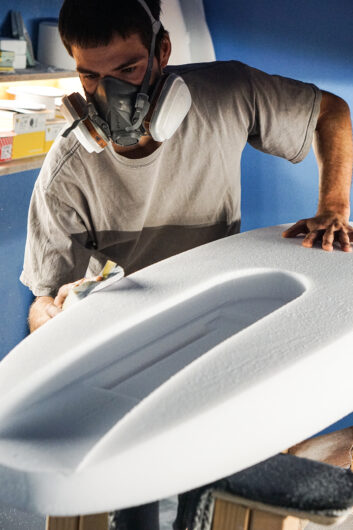
What are the main benefits of the inset board design?
Apart from the two main reasons mentioned previously, there is another big benefit. That is when you are motoring back to the line up, you can ride the board almost on the surface of the water, without having to worry about the battery box hitting the water and slowing you down. You can skip the surface of the water, no problem. This allows you to ride with the prop as high on the mast as you want it, making the prop less likely to hit the water when you are foiling, and not using the motor, which helps with overall flow when foiling. Finally, the reduction in overall drag helps with battery life as well! So you can foil longer on each battery.
Carbon boards sometimes suffer from poor signal – do you have to modify the board to improve it?
Two things are not beneficial for the signal, water and carbon fiber. Water is a fact we have to deal with, this is why it’s important to add foam to the track as the track fills with water it will block the signal. The antenna for the Foil Drive is located in line with the track, to help the signal pass into the board, so make sure the foam is packed in there. Second is carbon fiber. We use a lot of it as it’s the best material for stiffness in foil boards. Working directly with Foil Drive was important here, as they told us exactly where the antenna was located and shared knowledge about signals and how to deal with it. With this knowledge, we were able to redesign the deck of the Zapple to make it pass the signal the best way possible. The whole nose of the board basically contains a “signal window” and this works great. So as long as you pack the track with foam, and at least a part of the nose is above the water, there should be zero issues.
What makes the Zapple suitable for different riders, and how do the various sizes impact performance in diverse conditions?
The Zapple will be available in three sizes: 38L, 46L and 54L. With the added power you can get away with riding a very small board. But we still think the bigger sizes make sense, as they make getting up in the flats easier and also will provide this extra security when doing downwinders far out at sea. As mentioned the boards are essentially midlength models, with the foil placed quite far forward, this makes the extra length and volume less noticeable. I personally ride the 46L version with my 95KG weight and this seems perfect for me for all conditions, but I sometimes struggle to get up in the flats when there is a bunch of chop. So then a size up is a good idea. Like I said, the volume is not really in the way at all!
